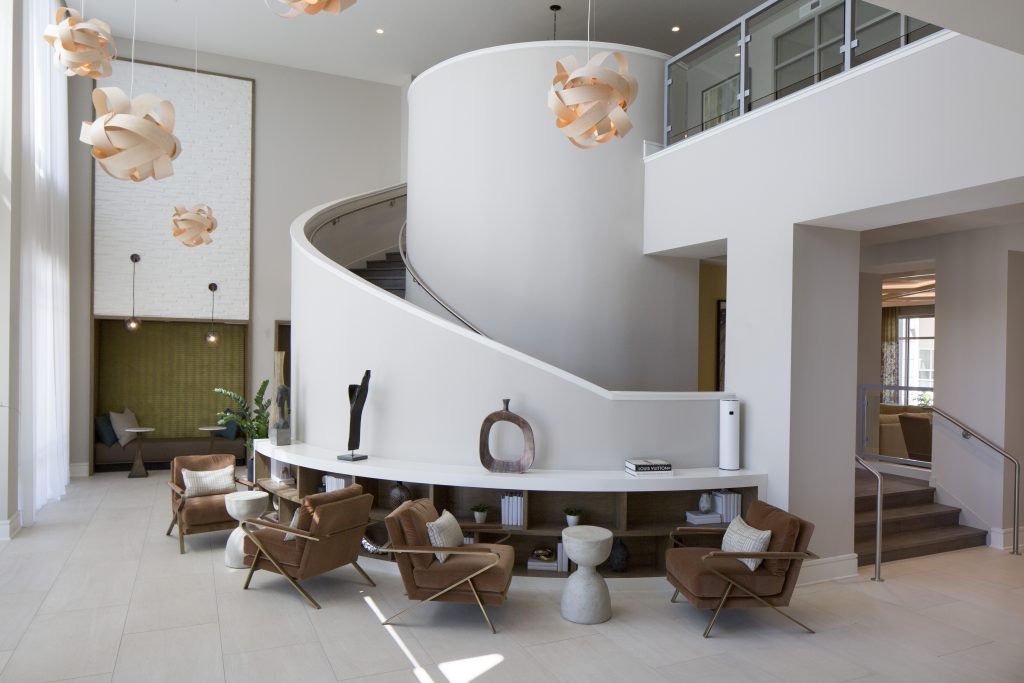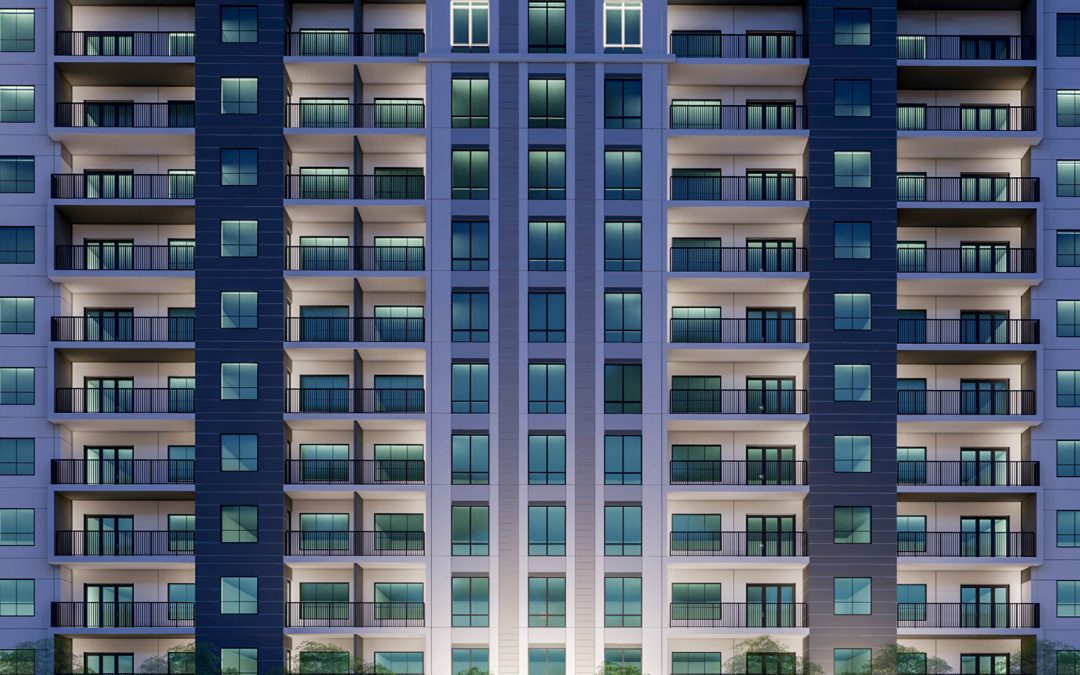Downloading this demo confirms your agreement to FINFROCK's Terms of Use, Copyright Policy and Privacy Policy linked in the footer of this website.
How Developers Can Mitigate Risk with Design-Build Construction
The traditional construction procurement process involves multiple companies bidding on different aspects of a project. The Owner or developer purchases a series of events or portions of the project from multiple companies that are not economically motivated to work collaboratively. To win the bid, each individual subcontractor is motivated to tailor his/her portion of the project in a way that will result in his lowest cost, not the project’s. As a result, the process is plagued with hidden costs, and there is often no clear idea of what the investment will genuinely cost until it’s too late.
New construction can be high risk under normal market conditions, but even more so in today’s post-pandemic environment. However, with the right partner, it can also offer high rewards. The design-build method of construction delivers maximum benefits to owners upfront. The right design-build partner should work with you not only as a single source of responsibility but a trusted advisor to help you maximize your return on investment and minimize the effects of the top challenges that reduce your return on investment. These include:
1. Time
Time is money. The time it takes to complete development projects dramatically affects IRR. The right design-build partner should deliver a completed project faster than a traditional construction method of design-bid-build. Not only is it more efficient for the builder to work off their own plans, but the design-builder should be able to begin procurement, and even construction, early in the design process.
A vertically integrated design-builder can also conduct work in multiple phases of a project simultaneously. With multiple disciplines moving forward at the same time, schedules are significantly compressed.
2. Changing Market Conditions
There is always the risk of a recession happening before completion, but now we can add, “will there be a global pandemic before I finish construction?” A design-builder’s ability to finish a project on time means a building could potentially open before any adverse changes in market conditions occur.
One should also continue to receive benefits from their design-builder long after the contractual relationship ends. The designer’s and builder’s choices help reduce costs for the life of the asset. Choices for the structural system, such as concrete over wood, can help reduce life cycle, insurance, and maintenance costs. That same choice can improve the quality and livability of the building, making it more sought after for renters or future buyers.
3. Interest Rate Risk & Cap Rate Fluctuations
The best scenario is to know project costs upfront, before spending a dime. It’s important to make the go/no go decision on whether to move forward on a project as early and as inexpensively as possible. The design-builder should be expected to help in that decision-making process. An experienced design-builder should have enough background and knowledge of costs in delivering the type of project under consideration. The design-builder should also assist in proving the project pro forma well before completion of the design. Waiting for construction costs to be known until after the design is complete should not be deemed an acceptable option in most cases. As a bonus with design-build delivery methods, less interest is accumulated during construction due to significantly shorter construction times. All of these savings translate into a higher return on investment.
4. Cost Overruns
One should expect a single point of contact and a single point of accountability, which reduces the risk of cost overruns, and in some cases, litigation. Look for a design-builder committed to process optimization. Bringing major subcontractors to the table early to assist with system design and equipment choices reduce cost overruns and delays when ordering long-lead items. The right design-build partner should deliver a building that functions the way it is intended. There shouldn’t be unexpected change orders unless the owner/developer initiated those changes.
Realizing the Greater Benefits of Design-Build

Interior Lobby of Juno Winter Park, Multi-Family Residential.

